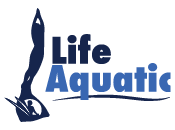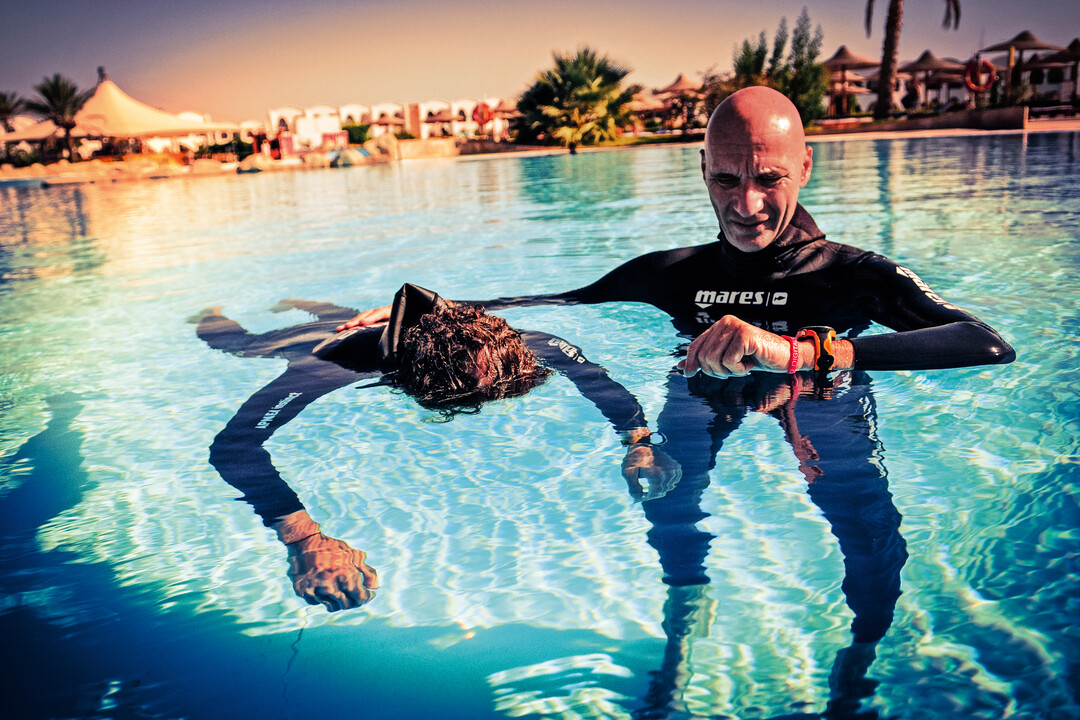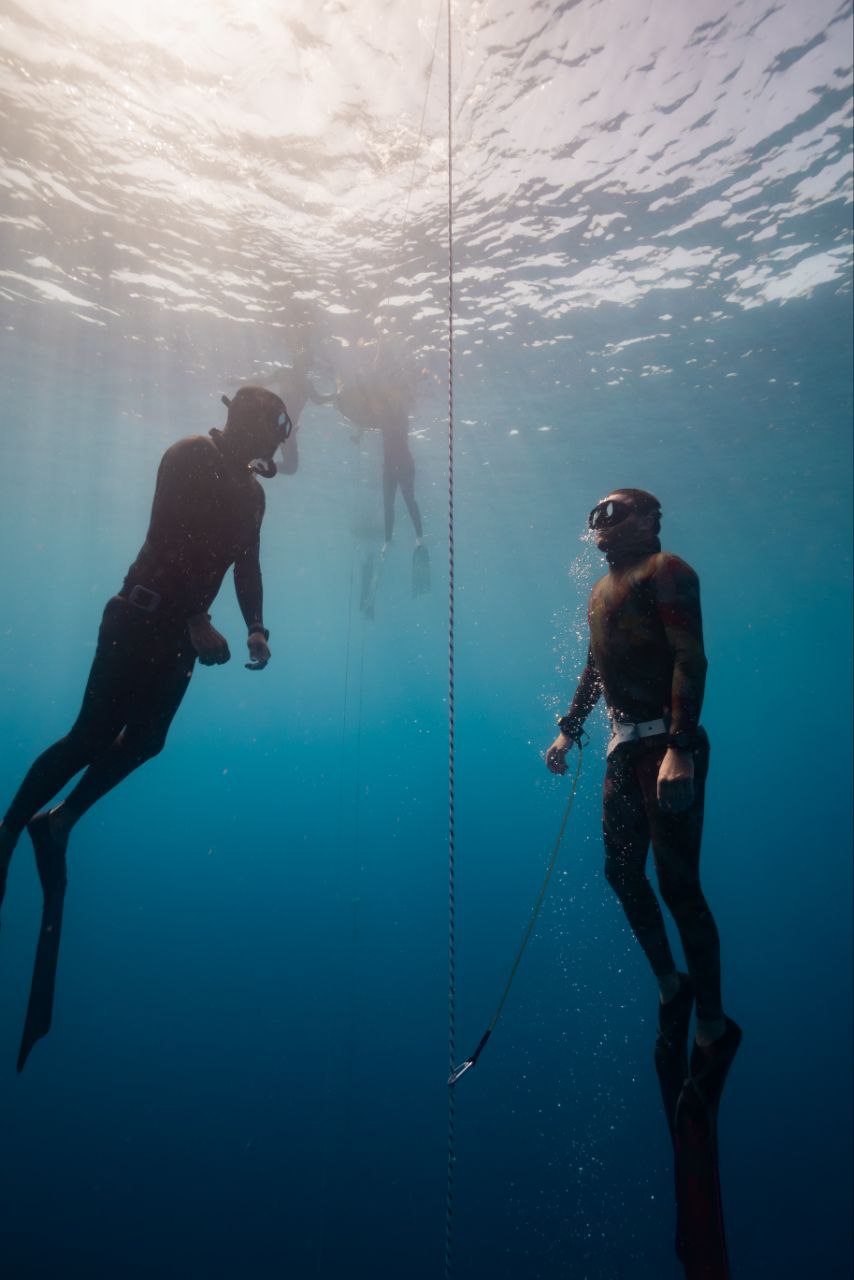Human Physiology and Freediving
Freediving is a sport that involves diving underwater without the use of any breathing apparatus. It requires a high level of physical and mental discipline and is considered one of the most challenging sports in the world. Understanding human physiology is crucial for freedivers to optimize their performance and stay safe.
The Physiology of Freediving
Freediving is all about breath-holding. As the diver descends, the pressure on the body increases, compressing the lungs and reducing the volume of air they can hold. The body’s response to this pressure is to trigger the mammalian dive reflex (MDR). This reflex is a set of physiological responses that helps the body conserve oxygen and protect vital organs.
The MDR is triggered by the body’s natural dive reflexes, including the activation of the parasympathetic nervous system (PNS). The PNS slows down the heart rate, constricts blood vessels, and shunts blood away from the peripheral tissues and towards the vital organs. This reduces the body’s oxygen consumption and helps the diver stay underwater for longer.
Freediving also triggers the spleen’s contraction, which releases extra red blood cells into circulation. These extra cells carry more oxygen to the body’s tissues, allowing the diver to stay underwater for longer. Additionally, the body’s levels of carbon dioxide (CO2) increase during breath-holding, causing the body to produce more red blood cells.
Training for Freediving
Training for freediving involves developing the body’s ability to tolerate low oxygen levels and high carbon dioxide levels. This is achieved through a combination of breath-hold exercises, strength training, and cardiovascular training.
Breath-hold exercises involve holding the breath for increasing periods while relaxing the body and reducing oxygen consumption. This helps the body develop a tolerance to low oxygen levels and high carbon dioxide levels. Strength training focuses on developing the muscles used in freediving, including the diaphragm, intercostal muscles, and muscles in the neck and shoulders.
Cardiovascular training involves improving the body’s ability to deliver oxygen to the tissues and remove carbon dioxide. This is achieved through activities like running, cycling, and swimming. Cardiovascular training also helps improve lung function, allowing the body to better utilize the available oxygen.
Safety in Freediving
Freediving can be dangerous, especially for those who are inexperienced or untrained. Divers must be aware of the risks involved and take precautions to minimize them. One of the most important safety measures is to always dive with a partner who is trained in rescue techniques.
It’s also crucial to monitor the body’s signals and never push beyond one’s limits. Signs of oxygen deprivation include a strong urge to breathe, dizziness, and loss of consciousness. If any of these symptoms occur, it’s essential to surface immediately and breathe deeply.
Conclusion
Freediving is a sport that requires a high level of physical and mental discipline. Understanding human physiology is crucial for optimizing performance and staying safe. The mammalian dive reflex and the body’s response to pressure play a crucial role in freediving. Training for freediving involves developing the body’s ability to tolerate low oxygen levels and high carbon dioxide levels. Safety measures must be taken to minimize the risks involved in freediving. Overall, freediving is an exciting sport that offers a unique and thrilling underwater experience.






